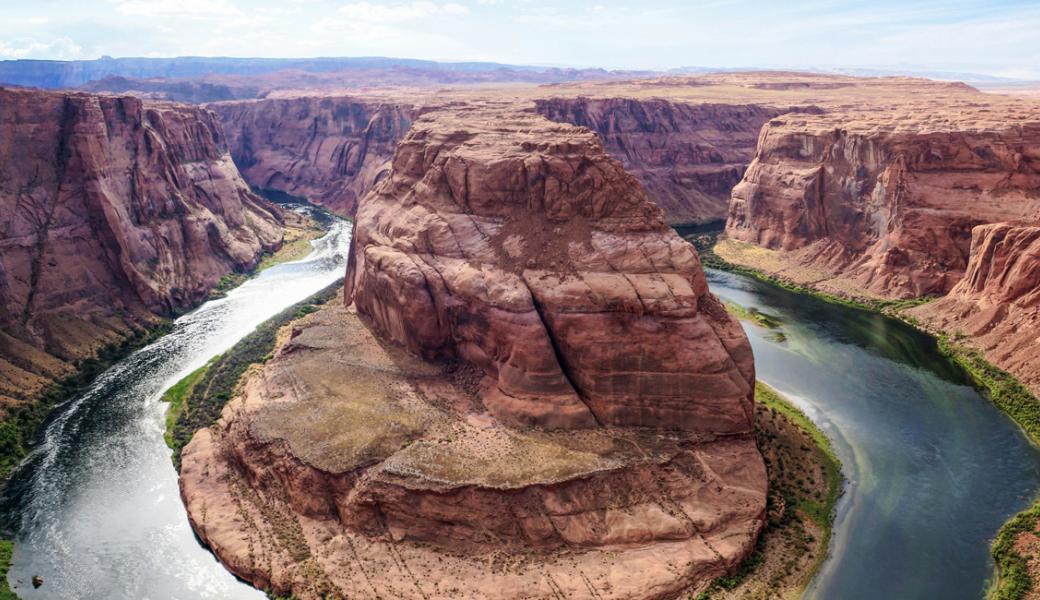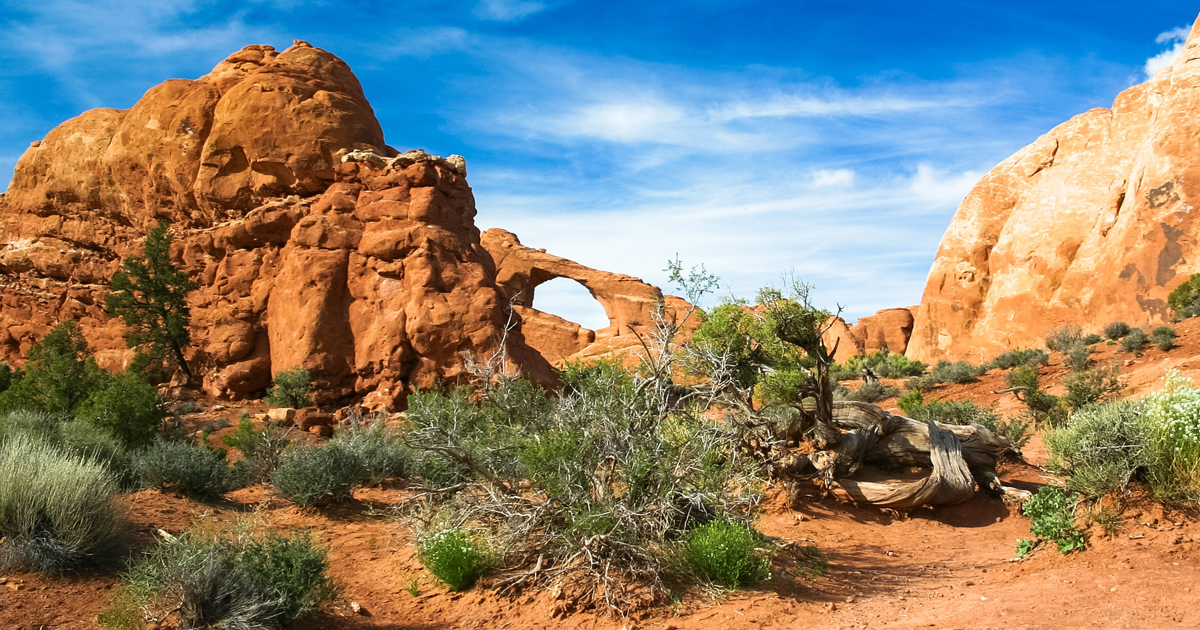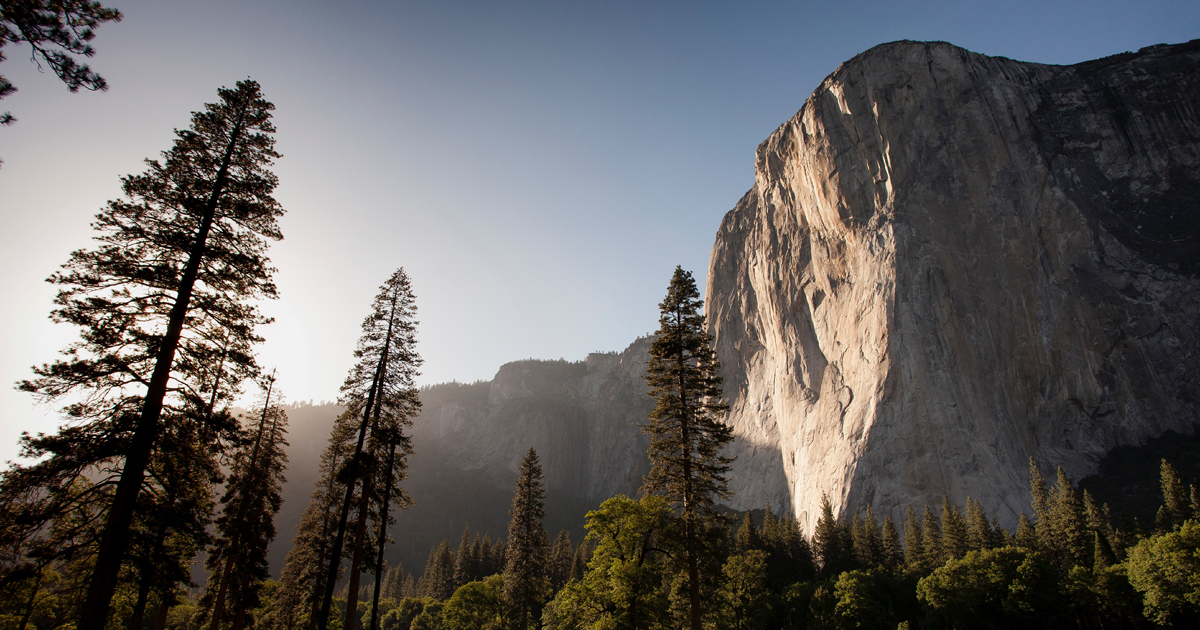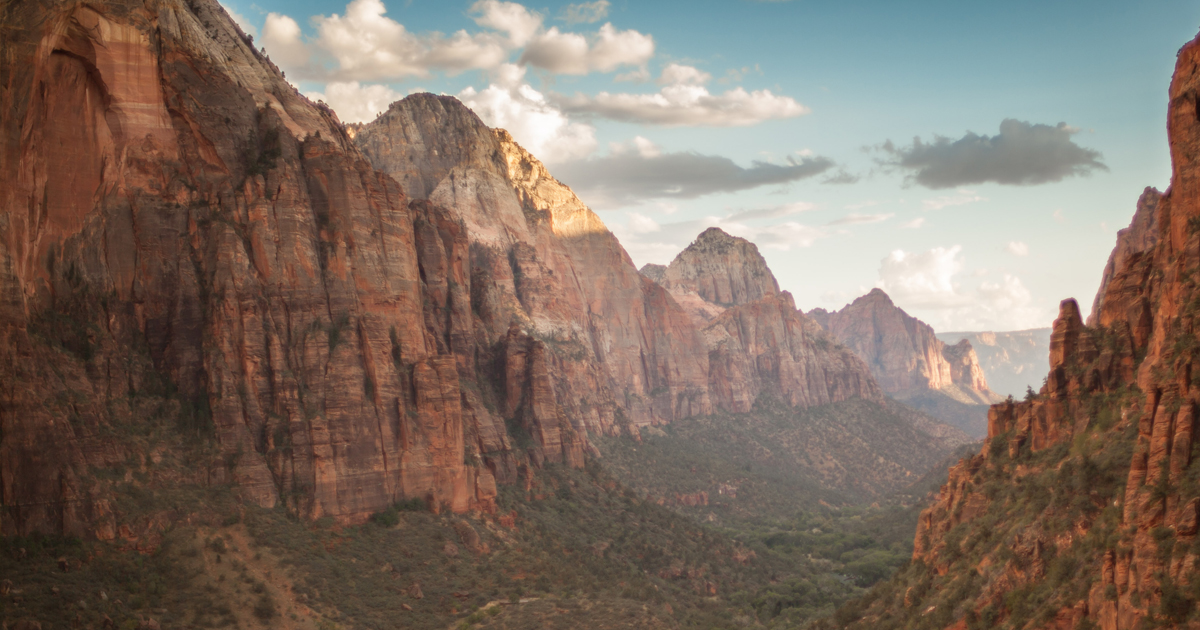Safe And Adequate Federal Campgrounds Are Critical For RVers

Articles and opinion pieces in recent days have called attention to the issue of campground modernization in national parks, and as established advocates for improvements to be made to campgrounds on public lands, the RV industry wants to reiterate our long-standing position on the issue. There is a well-established need for campground modernization and expansion to address outdated Eisenhower-era federal campground infrastructure. Decades of neglect has led to crumbling roads and bridges, deferred maintenance and limited camping availability—all of which limit access for RVers and other visitors while adding safety concerns and reducing the enjoyment of our treasured federal lands.
While it would be ideal for the federal government to address the entire $12 billion maintenance backlog plaguing the National Park Service (NPS) and modernize campgrounds across all land agencies, this is not a realistic nor a practical solution – this level of funding simply doesn’t exist.
Bringing public lands infrastructure into the 21st century will require robust and creative collaboration across the public and private sectors. The RV industry supports partnerships between experienced campground operators and the federal government where necessary, as these partnerships recognize that private capital and industry expertise can augment public investment and strengthen the management of major infrastructure projects.

To be clear, these partnerships are not privatization – nor would the RV industry support the privatization or selling of federal campgrounds. These partnerships are based on a model that has successfully worked on federal lands for decades, and they offer the best approach to effectively striking the necessary balance between achieving vital conservation needs, while improving the experience for an ever-changing consumer.
Availability and Access
Despite the unprecedented growth in RV sales and ownership, RV stays at NPS campgrounds drastically declined from more than 4 million overnights in the 1980s to about 2.5 million overnights currently. This trend is a drastic departure from state and privately-owned campgrounds which continue to post significant growth.
In a recent survey of more than 2,000 RV owners, 98 percent of RVers believe the national park campgrounds need to be repaired, updated, reopened and/or modernized. Additionally, 85 percent of respondents supported the use of partnerships to accomplish these repairs and improvements. The most desired improvements identified by the group were longer and wider sites, improvement of the day-to-day upkeep of campgrounds and more RV campsites.

The lack of ample and adequate RV campsites on federal lands is a significant reason for the sharp falloff of RVers staying in national park campgrounds. The modernization and rehabilitation of federal campgrounds will address this issue and increase access to these public lands for RVers.
Safety
Modernizing campgrounds not only enhances the experience of RVers, but it also provides critical safety updates, such as adequate roads and bridges leading to the campgrounds, level campsites and much-needed connectivity. Broadband coverage of all major federal front country sites and key road corridors is needed to supply visitors with the reliable internet and cell service they require. Advanced connectivity fulfills the needs of current and next-generation park visitors to contact emergency services and access weather alerts and enhanced maps to safely navigate trails. Access to electronic maps increases safety, preventing visitors from unintentionally straying off trails and harming the public lands.
Quality Experiences
The demographics of the next generation of campers, which includes a diverse mix of Millennials, minorities and urban residents, are creating a shift in expectations and uses of RV campgrounds. Research shows a growing number of consumers who enjoy outdoor recreation also want modern, full-service amenities and the ability to share resources with each other. They prefer to use digital means to access reservations, schedule activities, obtain equipment, as well as share their experiences with friends and loved ones.
Federal campgrounds must meet those expectations and become a more vibrant source of recreation experiences for current and future generations to enjoy and protect. Without these important improvements, declines in stays at NPS campgrounds will persist, and federal campgrounds run the risk of becoming irrelevant, a primary reason why the RV industry continues to support common sense solutions to campground modernization.
Affordability
While modernization is vitally important, campground fees in national parks should remain reasonable and competitive so all Americans can enjoy our shared iconic lands. The partnerships the RV industry supports operate under strict agreements and contracts with NPS and other federal land agencies. NPS is involved in the fee process, guided by a law requiring comparability in pricing to state parks and similar private accommodations so gateway communities aren’t negatively impacted. Additional services and amenities can simply be offered à la carte to meet the needs of current and next-generation campers and RVers while keeping costs down for all Americans.
Rural Prosperity
Fixing our national park and gateway community infrastructure is a good economic investment for our country generally, but these investments are also a proven way to grow rural prosperity. Many rural communities act as gateways to public lands, and the opportunities outdoor recreation creates on these public lands bring jobs, tourism and commerce into rural areas beyond revenue streams from infrastructure on federally managed lands like entrance and activity fees; campground and launch fees; licenses and registration fees; and excise and fuel taxes.
In 2018, park visitors spent more than $20.2 billion in towns and cities near park sites, generating more than 329,000 jobs and providing a total boost of $40.1 billion to the national economy. This economic impact created by outdoor recreation and RVers in gateway communities helps to revitalize rural America, especially areas that may be losing other industries. Balancing the potential for outdoor recreation with respect for the local community can lead to fruitful partnerships and opportunities for all stakeholders.
Additionally, it has been shown that for every dollar Congress invests in the NPS, $10 is returned to the U.S. economy, directly benefiting the nation’s rural areas and gateway communities.
The Partnership Solution
The last significant investment Congress made in the NPS was more than 50 years ago. As a result, infrastructure on public lands is crumbling due to decades of backlogged and deferred maintenance to the tune of $19.3 billion. Twelve billion of this backlog is on NPS land and an additional $5.2 billion is on US Forest Service land.
This backlog negatively impacts critical aspects of public land management, including wildfire fighting, day-to-day operations and access for the hundreds of millions of Americans who depend on the public lands for their livelihoods and recreation each year.

Addressing the backlog is not a partisan issue. There is broad support across the political spectrum to fix the crumbling roads, bridges, campsites, trails and water system infrastructure on federal lands. Bills to address this issue have garnered support from 370 of the 535 Members of Congress this year alone. Unfortunately, although there is significant support to address the backlog, Congress has been unable to identify the funding to make this support a reality.
In light of Congress’ inability to address these funding issues, private investment and partnerships are a viable option that should be considered to address the maintenance backlog.
When partnerships between private industry, such as experienced campground operators, and the federal government are discussed, there can be confusion about whether this model would lead to “privatization” of federal lands. It does not. What these partnerships do allow is for campground improvements and modernization to be made with private investment and critical volunteer services. Investment that partners can slowly recoup over time without draining federal resources that are thin or not available.
These partnerships are a sensible, proven way to bring public land infrastructure into the 21st century, ensuring the federal government remains the owner of all public lands and preserving access and enjoyment of federal campgrounds for current and future generations of RVers to come.
Please Sign in to View
Log in to view member-only content.
If you believe you are receiving this message in error contact us at memberservices@rvia.org.
